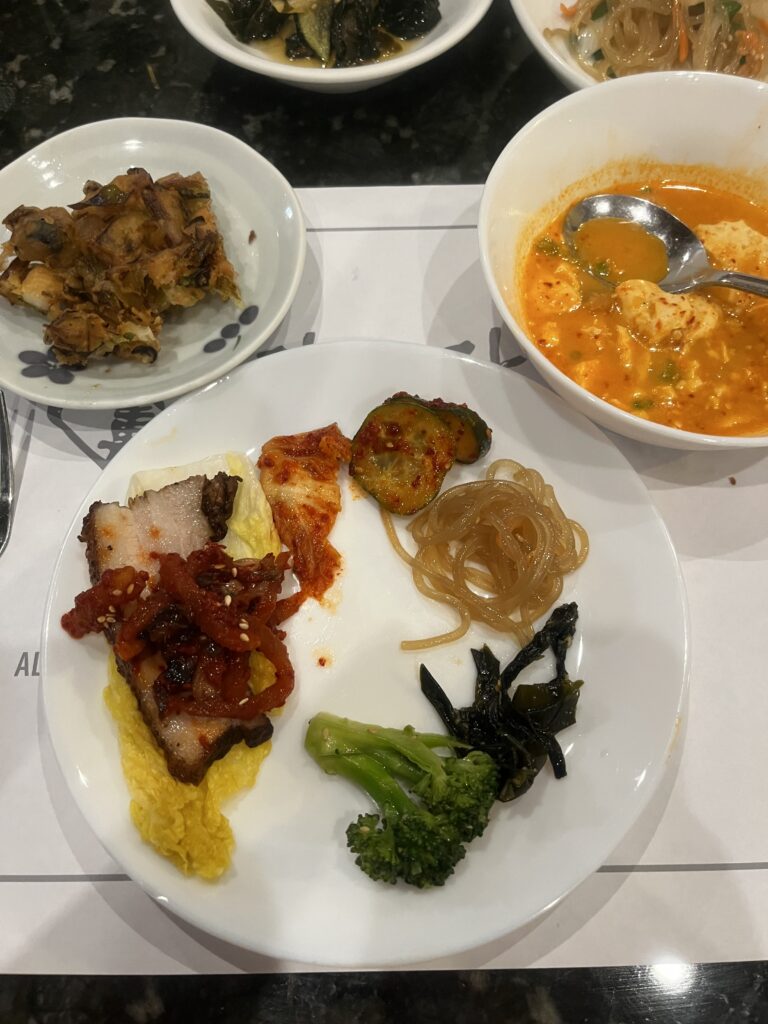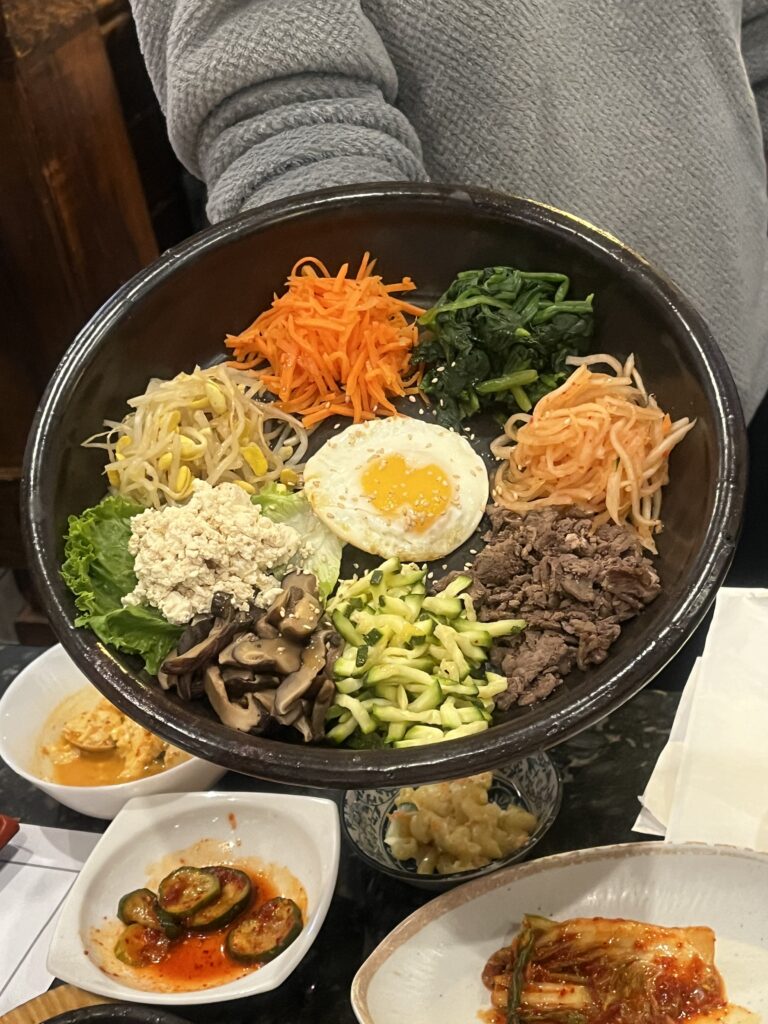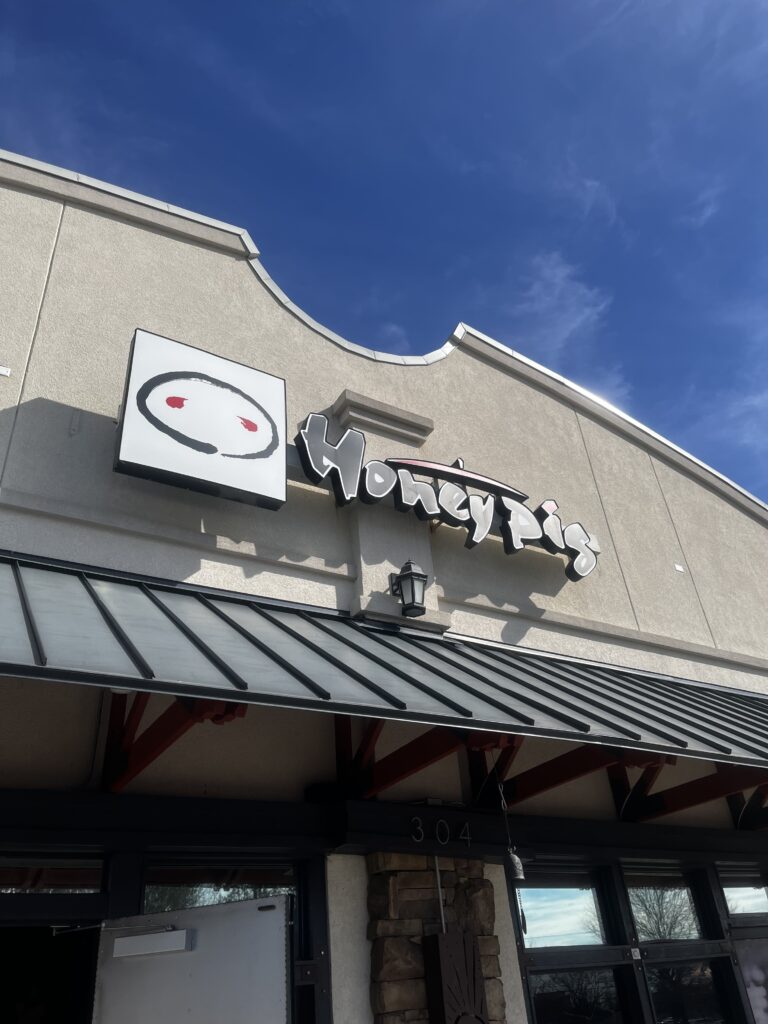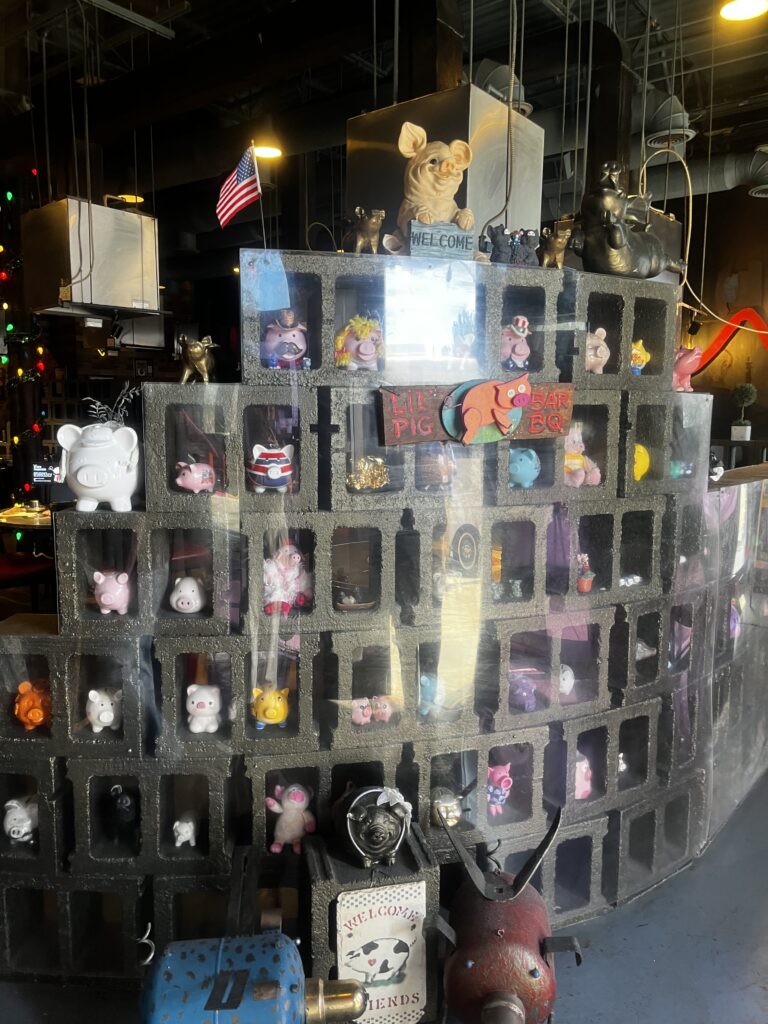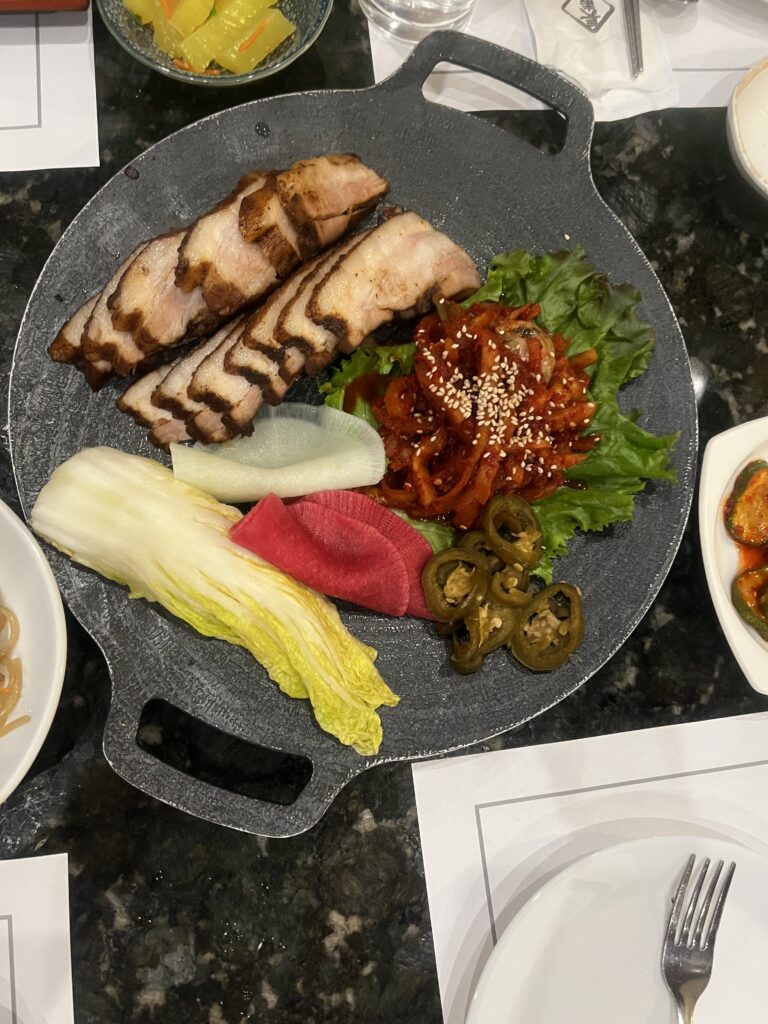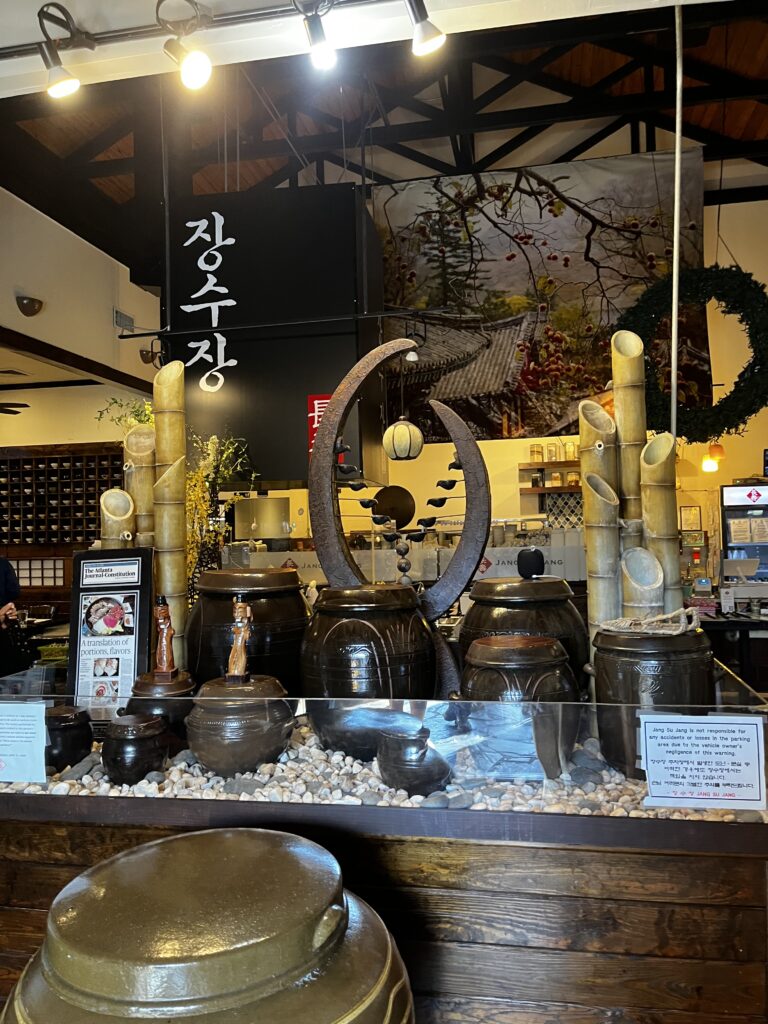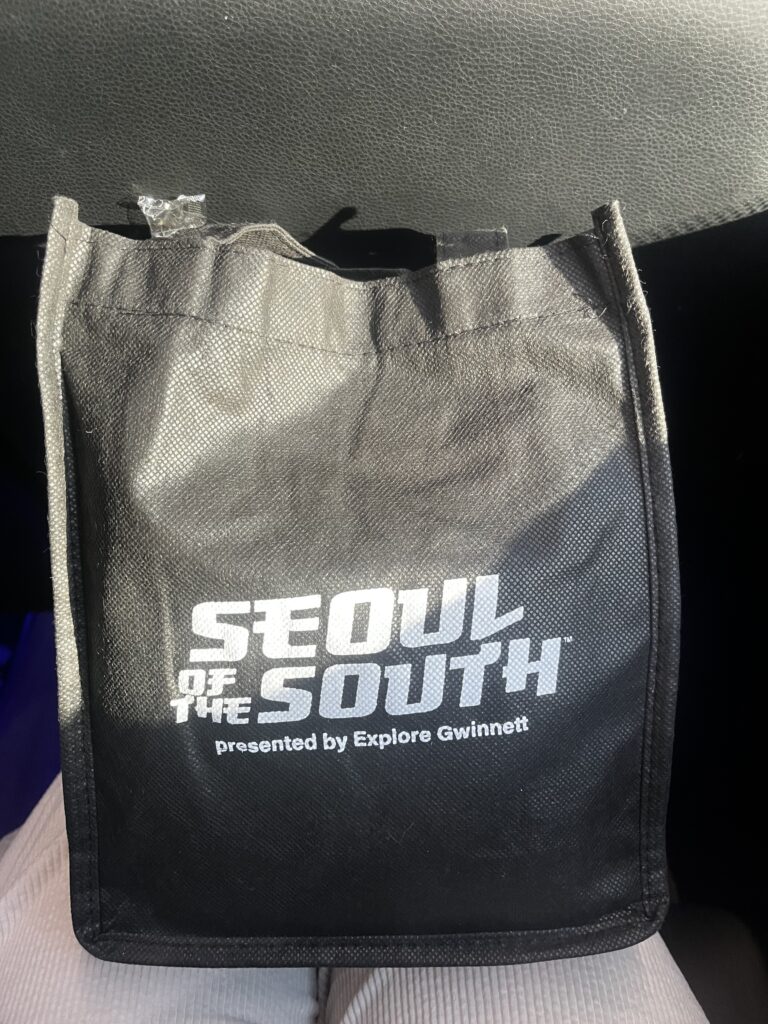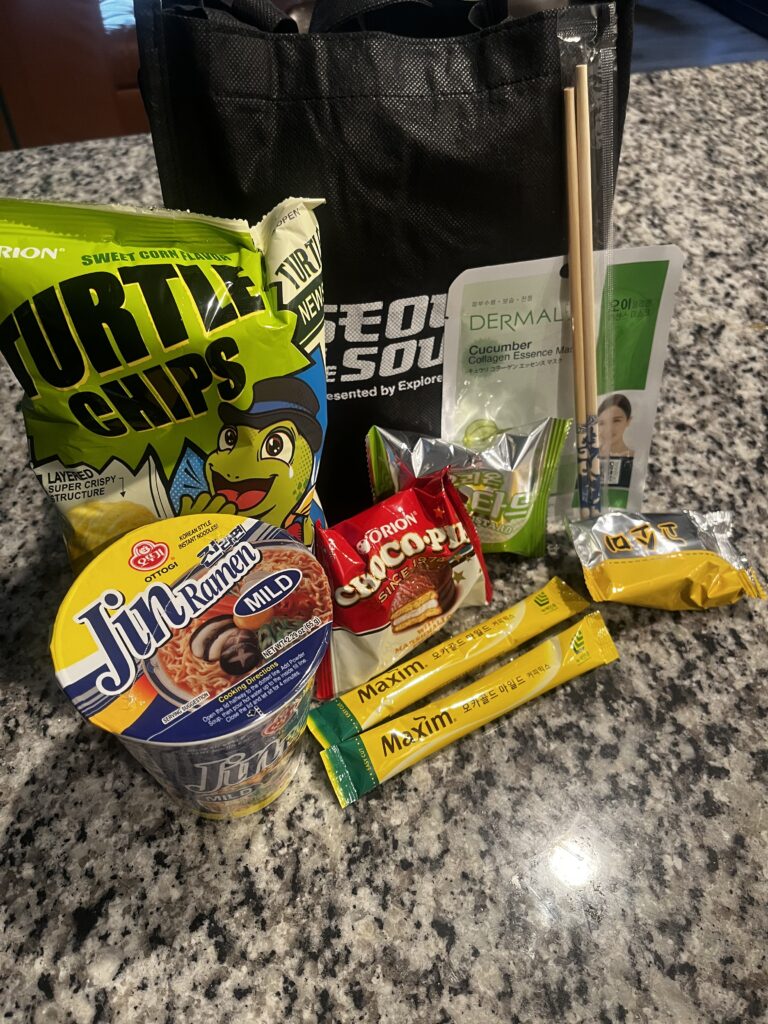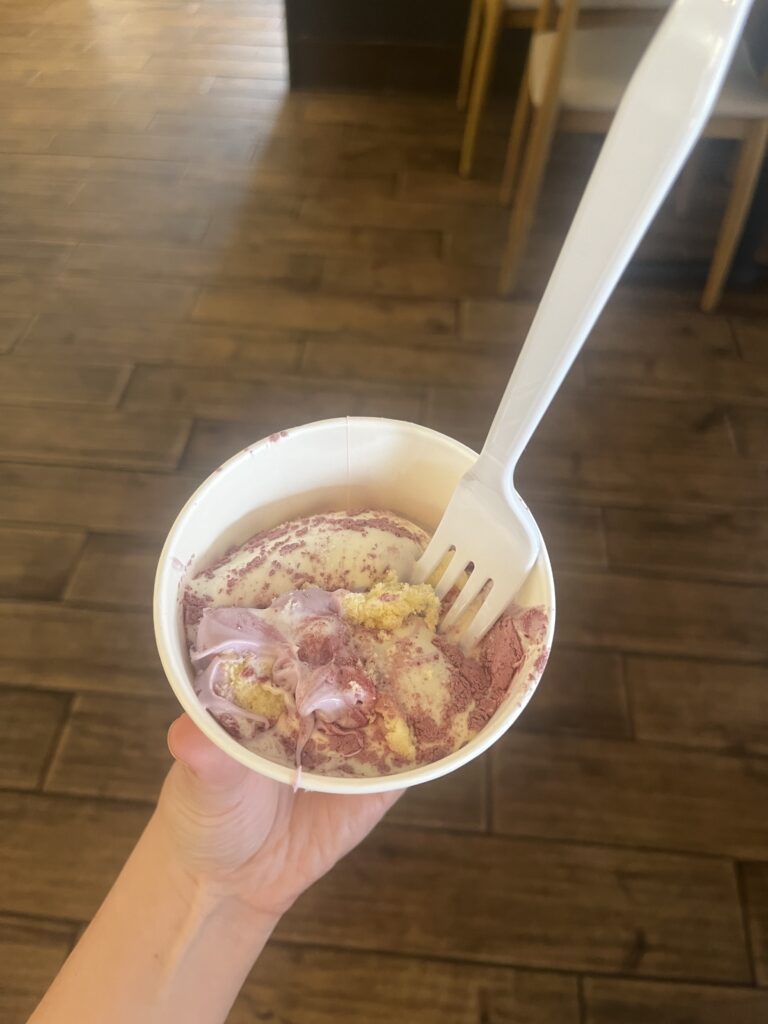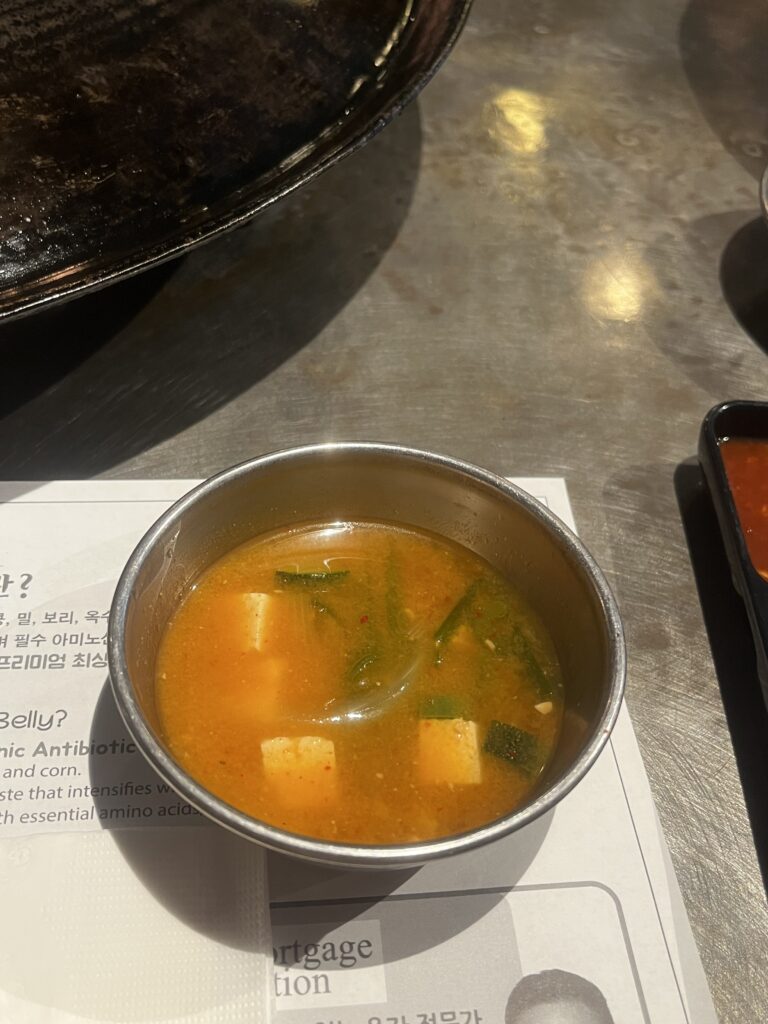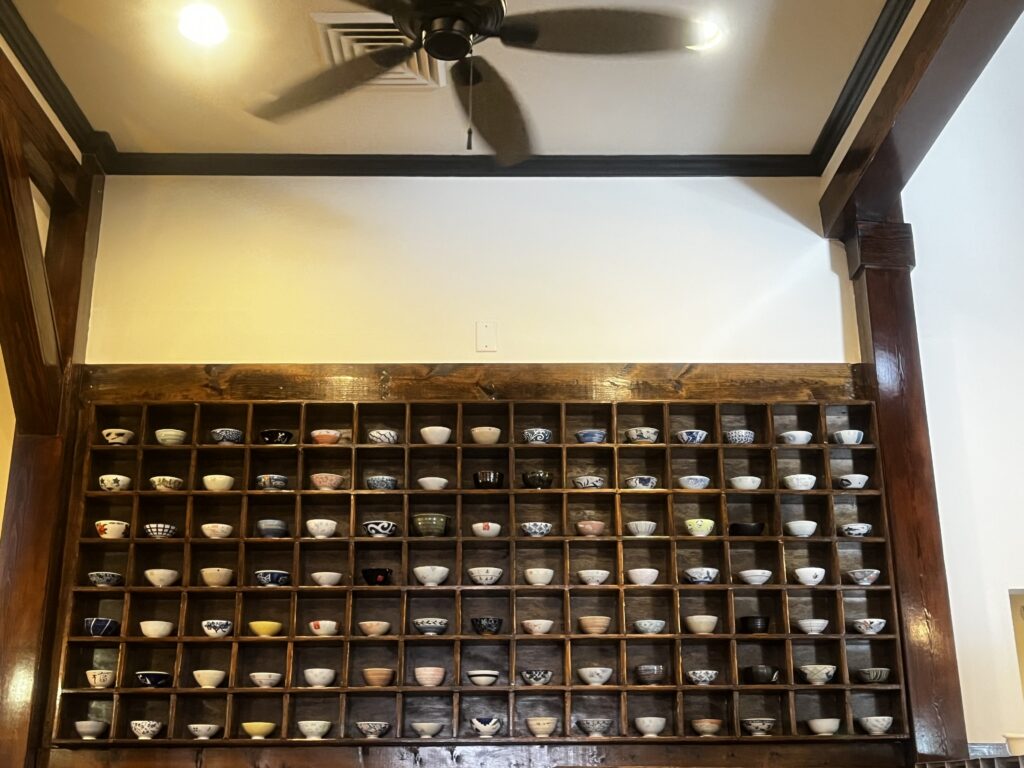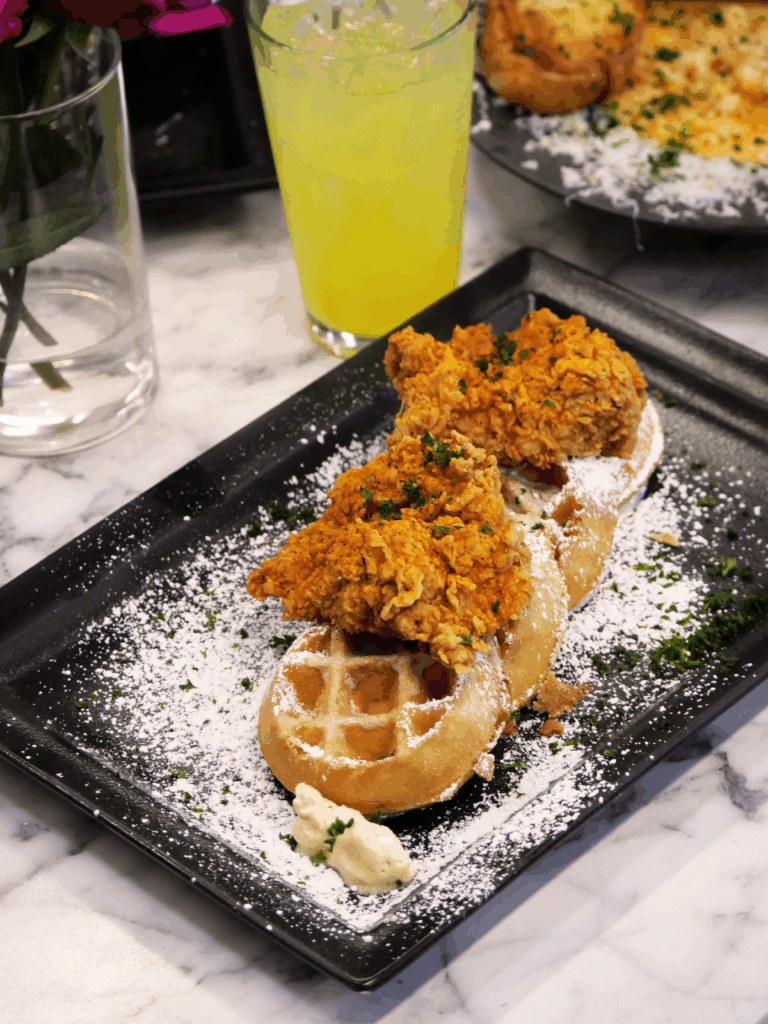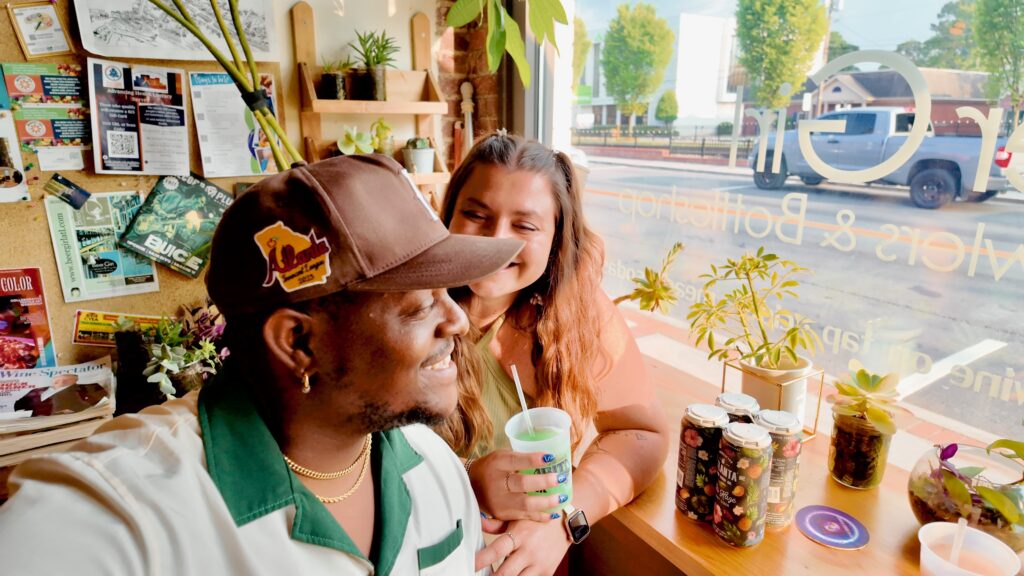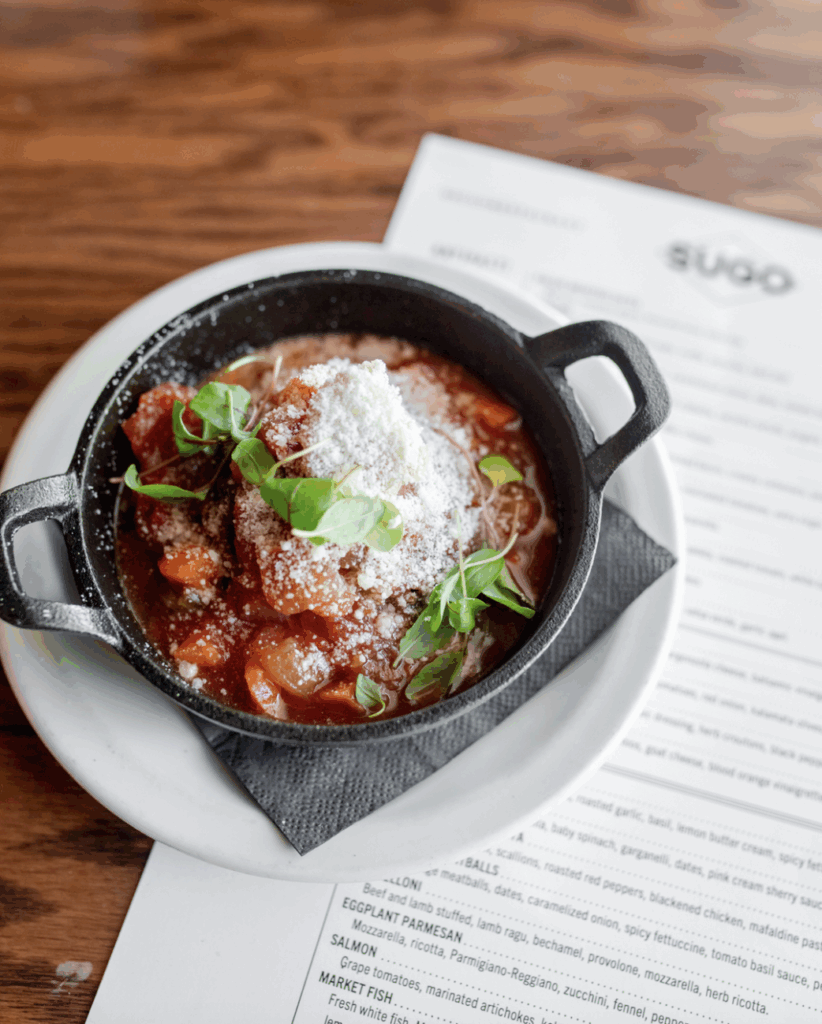One of the best ways to understand and learn about a new culture is by trying their cuisine. Maybe it’s the history behind each recipe, passed down through multiple generations or perhaps it’s the ingredients themselves, telling the story behind countries and their people from around the world that makes food a gateway into exploring another culture. Whatever the reason is, food is a reflection of its people and their heritage which I’ve always loved exploring.
I’ve grown up in Gwinnett County for the majority of my life. For those not familiar with this county, it’s recognized as the most diverse one in the entire nation! With living in such a multicultural area, there’s always been a variety of different cuisines to explore. For another perspective on how diverse not only the county but Georgia itself is, the second and third most spoken languages are Spanish and Korean. Lucky for me, Gwinnett offers a way to connect to Korean culture with Explore Gwinnett’s Seoul of the South Food Tour. Getting to experience this food tour opened my eyes even more to the variety of restaurants nearby where you can experience Korea without stepping foot outside of the county!
The Seoul of the South Food Tour has been around for 10 years and was started as an initiative between Sarah Park and Explore Gwinnett. Born and raised in Korea, Sarah came to the U.S. when she was 14 years old with her family. Her knowledge and experience is what makes her the perfect guide for this tour. The tour is offered five times a year and allows both locals and visitors the opportunity to try Korean food at different restaurants to not just experience the culture but feel confident enough to know how to order Korean food. I find this aspect of the tour to be extremely useful because many times, people can be scared to explore another culture’s food if they’re unsure of what to order or how to eat it. Tickets are all-inclusive meaning they cover transportation, food from each stop and a fun swag bag full of Korean products from traditional snacks to a pair of stylish chopsticks. This tour is highly sought after so if you’re unable to snag a spot, there’s a free DIY option online that includes Sarah’s recommendations.
Meeting at the pick-up location for the tour, I was excited to learn more about the Korean food around me. I’ve ventured out for Korean BBQ with friends before and I often visit my local H-Mart for instant Tteokbokki and ube mochi but besides that, my knowledge was limited. Once everyone hopped on, we met our tour guide Sarah at our first pit stop, a traditional 24-hour Korean bath house called Jeju Sauna. Right off the bat, Sarah was a well of information, introducing herself to us and explaining the significance of a bath house in Korean culture. Once a week, Koreans will either undergo full body exfoliation at home or they’ll go to a public bathhouse with friends or loved ones. Sarah explained that part of going to Jeju Sauna or other similar spots is for the social aspect. It’s divided into two separate areas for men and women but you can spend as much time as you want relaxing and enjoying traditional Korean food. Although we didn’t go inside, I found this to be the perfect starting point for the tour as it showed that even in a setting of relaxation or rejuvenation, food is still a pivotal focus.
For our first food stop, we visited Jang Su Jang which has been open for 20 years under the same ownership to experience authentic Korean dishes. All of the spots on the tour are places that have been around for generations and where Sarah has formed deep connections with the owners. It’s important for her to showcase restaurants that have been pillars of the community, places that locals find comfort in. The interior of the restaurant was beautiful with natural wood tones and a wall of decorative rice bowls towards the back. As we sat down, the food almost immediately started coming out. Sarah orders the food beforehand and as the dishes start flowing, she explains the significance of each one and even includes her own experience with the dishes such as making kimchi with her mom. In Korean culture, the sides are just as important as the main meal with various ingredients utilizing the fermentation process which aids with digestion. There’s also always soup and rice to be eaten together during a meal. For our meal, we tried cabbage kimchi, glass noodles, acorn jelly, seaweed salad, broccoli with mushroom, seafood pancake, pork belly wrap and braised beef short ribs. My favorite item from this lineup was the seafood pancake which I’d never tried before. It was perfectly crispy and savory with a little soy sauce on top and inside there were tiny shrimp pieces that were cooked just right. The glass noodles, which are made from sweet potato and served cold, were another side dish that I thoroughly enjoyed.
Next up on our food tour was Honey Pig run by a father and son team for Korean BBQ. I’ve visited a few different spots before but this one had a unique approach to the style of cooking with a traditional cauldron-like pot. The servers cut up kimchi and sprouts which were placed along the edge of the pot to go along with the meat. From there, we had a refreshing salad, rice, cheesy corn, bean paste stew, steamed egg and of course, a ton of beautifully marbled meat. What makes this experience so unique is that everything is grilled right in front of you! We tried a variety of meats from pork belly, spicy chicken, flower pork belly, beef brisket and beef bulgogi. I loved the thinly cut style of beef bulgogi because it gets perfectly caramelized when cooked and once dunked into the ssamjang sauce, the spice adds the perfect level of heat and flavor.
Our last stop was Cafe Mixx, a Korean-style bakery offering both savory and sweet items. The inside of the cafe was bright and open with aesthetic decorations throughout. From here, we tried a traditional Korean coffee with equal parts sugar and milk. Compared to the coffee I normally drink, this one was delightfully rich and strong. For our meal, we had a tasting of their tteokbokki, Korean fried chicken and pork loin tonkatsu. The chicken was so well seasoned and crispy and the chewy texture of the tteokbooki was my favorite. For our dessert, we had their ube tiramisu which as an ube lover, I thoroughly enjoyed.
Overall, my experience on the Seoul of the South food tour was incredible and I would recommend anyone from Gwinnett locals to visitors to the area to give it a try! I learned a lot about not only Korean culture as a whole but also about the restaurants near me that have been vital to the community. I’m excited to continue to explore the Korean culture in Gwinnett and bring my friends and family to the restaurants I visited so they can get a taste of Seoul too.
